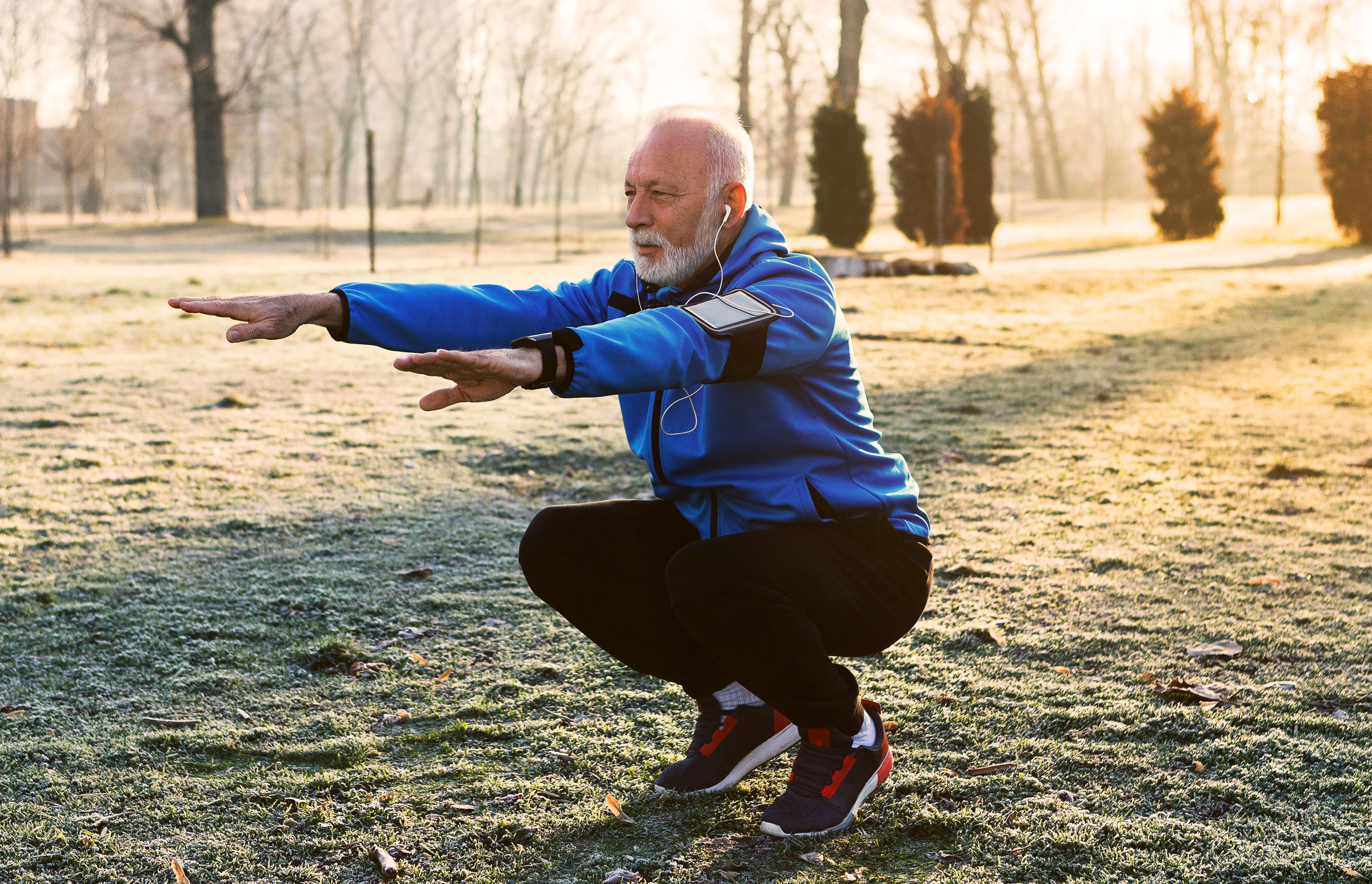Exercises for Joint Health
Shandra Martinez
| 3 min read

Joint pain can put a crimp in your daily routine. It could be waking up with a stiff knee that doesn’t feel any better as you move throughout the day, or a sore elbow or wrist after your dog pulls a little too hard on the leash during an evening walk. Tight hips and sore shoulders might crop up when you least expect them. But there are exercises you can do to improve your joint health.
What are your joints?
Joints are the spot where two bones come together in your body. There are different kinds of joints, but the ones we talk about most often are the joints that hinge or move noticeably within our bodies. Our body’s big movements and big bending motions all depend on healthy, easy-moving joints. This includes activities like walking, running, gardening, dancing, bicycling and playing pickleball.
Some of our well-known joints include:
- Hips
- Ankles
- Toes
- Knees
- Wrists
- Elbows
- Fingers
Keeping your joints healthy
Keeping the cartilage healthy will allow your joints to keep gliding easily, according to the National Institutes of Health. But certain conditions can affect the joints and make them feel stiff, hard to move, or decrease their range of motion. These conditions include:
- Osteoarthritis. Typically seen in older adults, this is the most common type of arthritis. People who have this condition will notice pain in a joint, swelling around the joint and loss of range of motion. This can also be caused by an injury to a joint that does damage to the cartilage.
- Juvenile arthritis. This is exactly what it sounds like: the same types of arthritic conditions that can afflict adults, but seen in children and teens.
- Gout. Once called the scourge of royalty, this kind of arthritis typically affects the big toe joint. It is caused by the buildup of uric acid crystals, and can be linked to a poor diet.
To keep your joints in good shape, health care providers recommend getting plenty of sleep, eating a healthy diet, doing what you can to prevent injuries, maintaining a healthy weight, and making exercise part of your routine. Some of the best exercises for joint health are low-impact movements that work the joints easily and strengthen the muscles around them, but without putting too much pressure on the joints themselves. You’ll want to check with your health care provider, but recommendations include getting about 2.5 hours of joint-healthy physical exercise each week. This can be broken up into daily workouts to make it easier.
Joint-healthy exercises include:
- Weight training. This can be done with machines in a gym, free weights or hand weights at home, resistance bands, or as part of a weight-lifting class.
- Walking
- Biking
- Swimming
- Water aerobics
- Gardening
- Mowing the lawn with a push mower
- Yoga
- Tai Chi or any controlled, low-impact martial arts movements
- Pilates
Prevention is key
Remember that doing these regular, low-impact exercises to strengthen your joint areas are a great form of prevention. Don’t wait until you’ve injured a joint or it’s stiff, sore or giving you other problems. If you do, recovery can still be done slowly, and with a doctor or physical therapist’s guidance, but it will take longer to get back to regular joint health.
Photo credit: Getty Images





